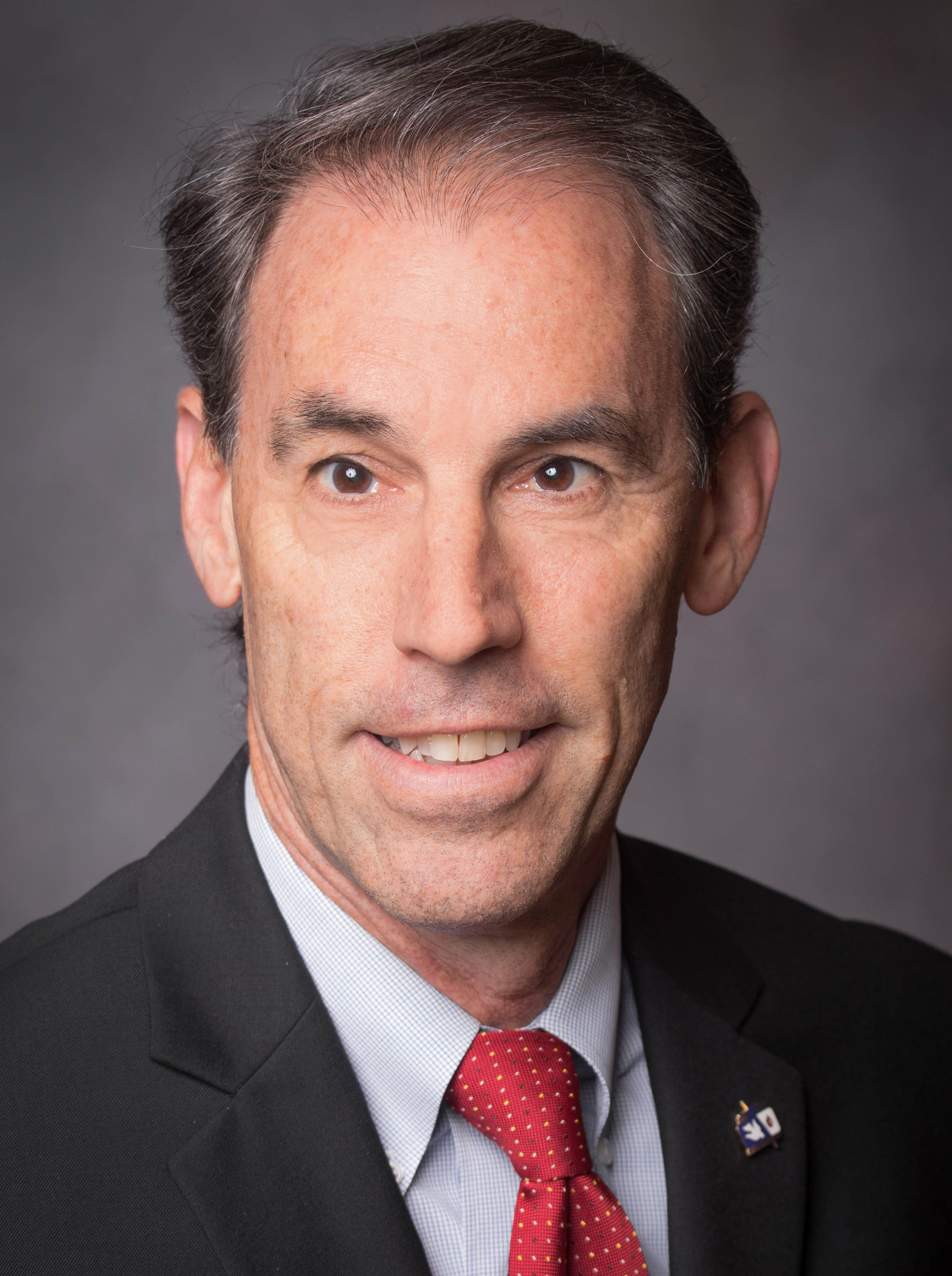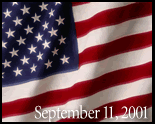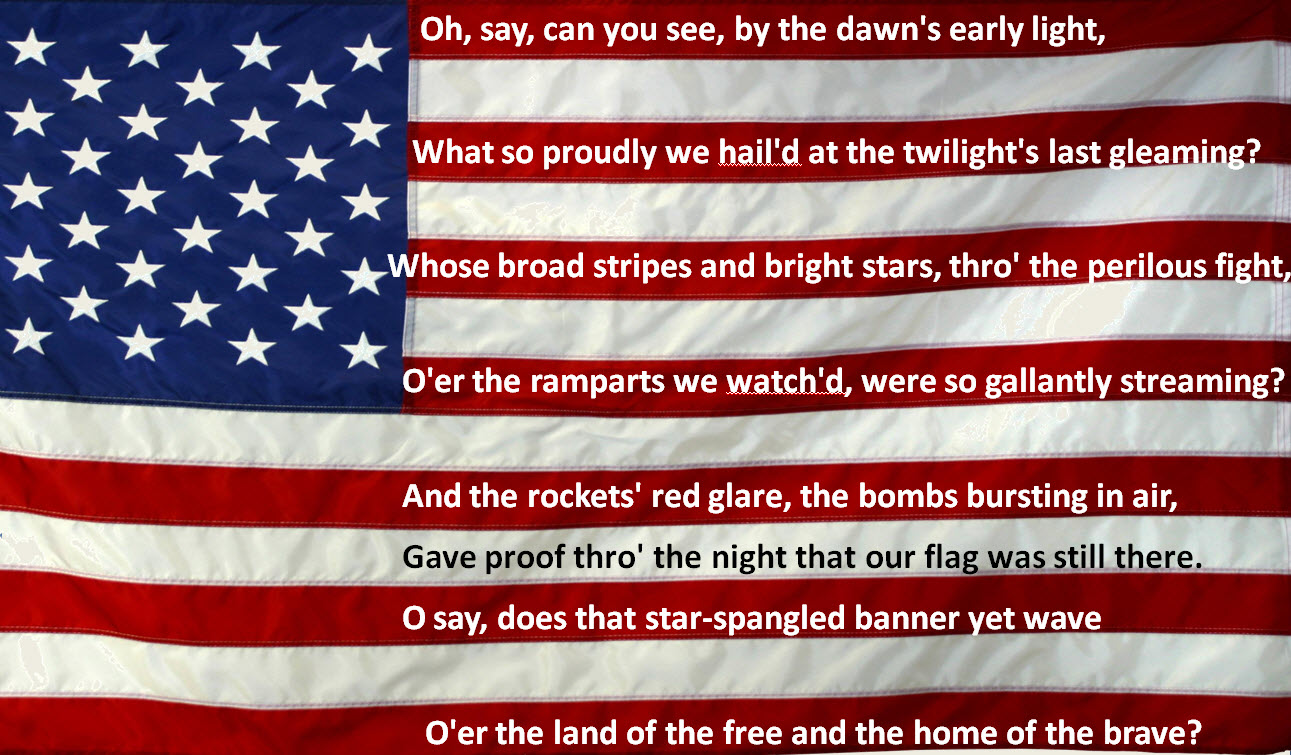The Second War for IndependenceThe War of 1812July 22, 2019 As Americans suffered defeat after defeat (during the War of 1812) with the British, Canadians, and First Nations allies, President James Madison proclaimed a national day of prayer on July 23, 1813, emphasizing the importance of a nation humbling itself before Almighty God and pleading for His help against injustice. Here’s part of what he said: “Whereas in times of public calamity such as that of the war brought on the United States by the injustice of a foreign government it is especially becoming that the hearts of all should be touched with the same and the eyes of all be turned to that Almighty Power in whose hand are the welfare and the destiny of nations.” -James Madison Here’s a wonderful story from the War of 1812. On a rainy September 13, 1814, British warships sent a downpour of shells and rockets onto Fort McHenry in Baltimore Harbor, relentlessly pounding the American fort for 25 hours. The bombardment, known as the Battle of Baltimore, came only weeks after the British had attacked Washington, D.C., burning the Capitol, the Treasury, and the President’s house. It was another chapter in the ongoing War of 1812. A week earlier, Francis Scott Key, a 35-year-old American lawyer, had boarded the flagship of the British fleet on the Chesapeake Bay in hopes of persuading the British to release a friend who had recently been arrested. Key’s tactics were successful, but because he and his companions had gained knowledge of the impending attack on Baltimore, the British didn’t let them go. They did allow the Americans to return to their own vessel but continued guarding them. Under their scrutiny, Key watched as the barrage of Fort McHenry began eight miles away. When darkness arrived, Key saw only red erupting in the night sky. Given the scale of the attack, he was certain the British would win. The hours passed slowly, but in the clearing smoke on the morning of September 14, he saw the American flag - not the British Union Jack - flying over Fort McHenry, announcing an American victory. Key put his thoughts on paper while still on board the ship, setting his words to the tune of a popular English drinking song. His brother-in-law, commander of a militia at Fort McHenry, read Key’s work and had it distributed under the name “Defense of Fort McHenry.” The Baltimore Patriot newspaper soon printed it, and within weeks, Key’s poem, now called “The Star-Spangled Banner,” appeared in print across the country, immortalizing his words - and forever naming the flag it celebrated. It became a well-known American patriotic song and was eventually made the national anthem by a congressional resolution on March 3, 1931. While we sing primarily the first stanza (mainly before sporting and political events), the Star-Spangled Banner contains a total of four stanzas. The reason some people today object to singing it because of a line in the third stanza, which says: “No refuge could save the hireling and slave.” The interpretation of this line is varied in meaning, but we do well to understand the various interpretations, while at the same time, being mindful of revisionist history.Perhaps James Madison (the President at the time) said it best when he said: “As long as the reason of man continues fallible, and he is at liberty to exercise it, different opinions will be formed.” James Madison Here are the words (and a brief commentary) from the first stanza of our National Anthem. “Oh say can you see, by the dawn’s early light.” Francis Scott Key was looking for something specific by the dawn’s early light; namely, the American flag, which he called the star-spangled banner. “What so proudly we hailed at the twilight's last gleaming?” The prior evening at twilight, Key and his friend probably saluted the American flag. Notice the word “hailed.” Originally when singing the Star-Spangled Banner, it was customary to hold one’s hand out in front, but today it’s customary to put one’s hand over the heart when singing it. “Whose broad stripes and bright stars through the perilous fight, O'er the ramparts we watched, were so gallantly streaming?” The perilous fight was the Battle of Baltimore during the War of 1812. The American flag that inspired Key’s poem at the time had 15 stars and 15 stripes, and Key wondered whether it would still be gallantly streaming once the fighting subsided. “And the rockets’ red glare, the bombs bursting in air, Gave proof through the night that our flag was still there.” The rocket and bomb launching from the British navy continued for 25 straight hours. After the dust had settled, Key saw what he was looking for – our flag was still there – the British had failed to capture Fort McHenry. “Oh say does that star-spangled banner yet wave O'er the land of the free and the home of the brave?” Francis Scott Key confirms that the sight of the star-spangled banner (the American flag) means victory for those living in the land of the free and the home of the brave. All four stanzas end with the familiar line: “O'er the land of the free and the home of the brave.” The reason the United States of America is free, is first, because of the brave who fought during the American Revolution and the War of 1812.
| ||||
 Jim Collins is a Pastor, Motivational Speaker, Businessman and Author. Two of his books have been adopted as textbooks by Bible colleges. Jim is the founder of Beyond Positive Thinking Ministries and the Senior Pastor of Victory in Christ International in Jupiter, Florida. Jim received his Doctor of Philosophy in Religious Education from Evangelical Bible College and Seminary. He is a professor there, and is also a Dean and Professor at Covenant Bible College and Seminary, Jim Collins is a Pastor, Motivational Speaker, Businessman and Author. Two of his books have been adopted as textbooks by Bible colleges. Jim is the founder of Beyond Positive Thinking Ministries and the Senior Pastor of Victory in Christ International in Jupiter, Florida. Jim received his Doctor of Philosophy in Religious Education from Evangelical Bible College and Seminary. He is a professor there, and is also a Dean and Professor at Covenant Bible College and Seminary,Visit Dr. Jim Collins's website at www.BeyondPositiveThinking.org See more from Dr. Jim Collins at www.VictoryInChrist.us
|

